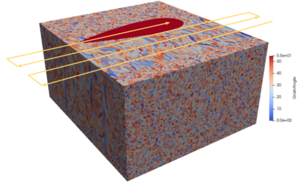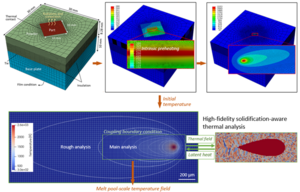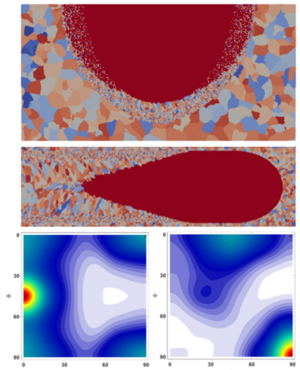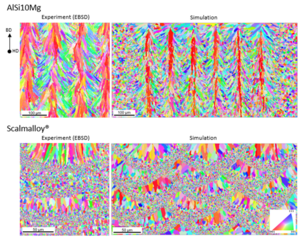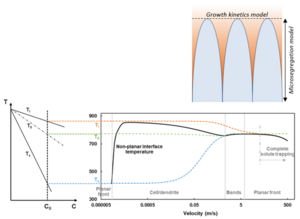Projekt Compas
Project name:
Computergestützte Untersuchung der Auswirkung von Prozessparametern auf die Kornstruktur und mechanischen Eigenschaften von additiv gefertigten Materialien
Fund body:
Deutsche Forschungsgemeinschaft (DFG)

Project partners:
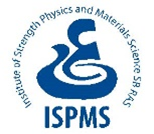

Project description:
The goal of this project is to develop and apply a computational approach to the modeling of grain structure evolution during additive manufacturing of aluminum specimens (ISEMP), as well as to simulate their deformation behavior with an explicit account of the microstructure (ISPMS). The specimens are produced using powder-bed laser beam melting at varied process parameters. On the mesoscopic scale, the developed methodology accounts for the mechanisms of microstructural development and thermal processes during additive manufacturing. The nature and causes of grain structure evolution in aluminum alloy specimens are examined using the developed cellular automata-finite difference (CAFD) technique.
Current status:
The project is completed in May 2022.
Cellular Automata (CA) simulation of solidification during additive manufacturing
The 3D CA simulation package incorporates the governing phenomena to simulate microstructural evolution during metal additive manufacturing. It is optimized for efficient simulations including several hatches and layers ( > 1 mm3)
Nucleation during additive manufacturing of aluminum alloys
Fusion boundary nucleation: the integration of physics-based particle evolution and nucleation models into the cellular automata simulation of solidification is necessary for prediction of grain structure and texture in aluminum alloys such as AlSi10Mg and Scalmalloy®.
Multiscale solidification-aware thermal analysis
Multiscale thermal analyses integrate inherent preheating from prior hatches as well as more realistic boundary conditions. Furthermore, a full-coupled thermal-solidification analysis is used, ensuring a proper release of latent heat of fusion based on non-equilibrium solidification conditions.
Contact Person
Dr. Mohammad S. Mohebbi
Research Associate
Email: Mohebbi [at] isemp.de
Tel.: +49 (0) 421 / 218 - 62320
Sub-contractors



